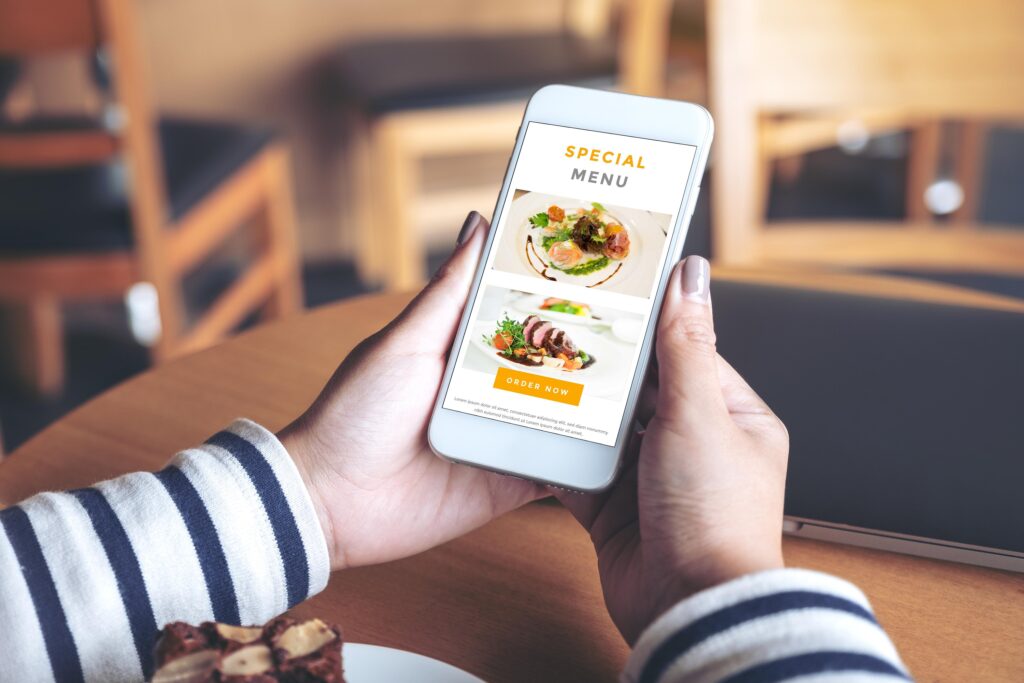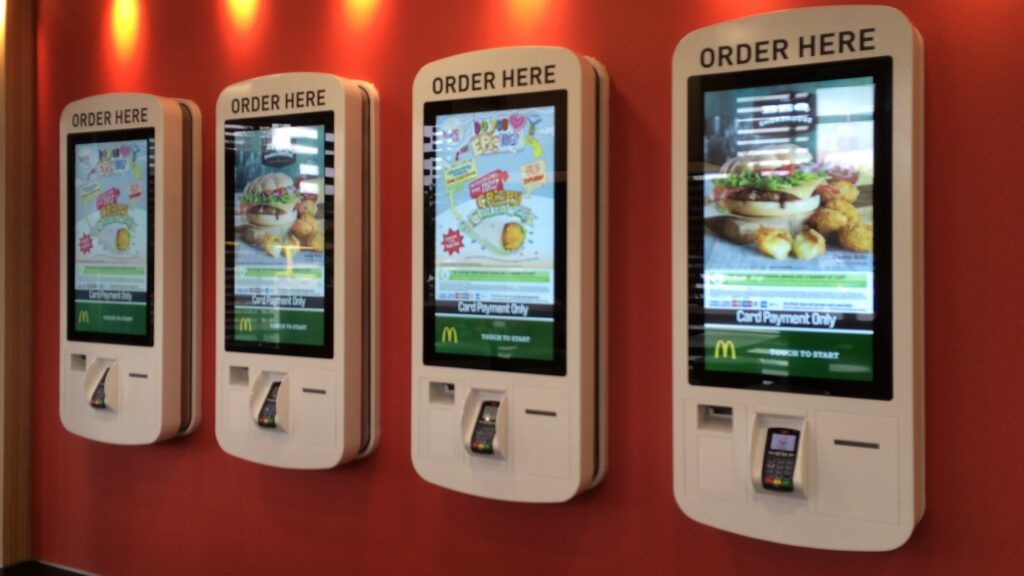
You take your phone everywhere. Your phone is your lifeline. And now, it’s also going to keep you safe.
How, you ask?
Simple. By limiting even more the contact you have with others when you’re out eating at restaurants or enjoying a cup of joe at your regular cafe. Strictly speaking, public places are breeding grounds for bacteria and viruses and with the current pandemic into play, new hygiene rules are established. The hospitality industry is rethinking the way we order and eat, all the while keeping our safety in mind. That includes the physical menu, the waiting in line and even the previously efficient touch-screen kiosks used in places such as fast food joints.
Even before the pandemic, some of these kiosks were problematic since your fingers made contact with an infested surface right before receiving your food. At the moment, we can foresee their usage becoming obsolete and being replaced with something safer yet equally useful.
Touch screen kiosk technology is no longer dependable
At the beginning, touch screen kiosks were created to relay information to customers or visitors of a venue. Nowadays, they have become crucial for any type of respectable business and their purpose has extended far beyond that of information; they are able to connect customers, take orders, receive payment and even allow public access to the internet.

Fast food joints in particular, have equipped each of their locations with at least two touch-screen kiosks for simplifying the ordering process and cutting down on waiting time and while their ROI proved out to be successful, this service is not an option anymore. No matter how many times you disinfect your kiosks, people will feel discouraged to use them as confidently as they did before. Fast food places such as Mcdonalds, Burger King, KFC and even Chipotle will have to find other ways of catering to their consumers.
In this case, what are you going to do? Adapt, of course. The good news is that the answer is still digital and it comes with plenty of benefits.
Companies such as Wiacom.ai have predicted the evolution of the hospitality industry and have come up with a positively safe idea:
The Digital Menu
A digital menu is a customized list of items offered by your business, available directly on your device of choice: mobile phone, tablet or laptop. It contains the name of your product, a brief description, the prices and of course, the important feature of ordering that particular product with pick-up options in location or at your door (even hotel rooms) delivery options.
What a digital menu does is that it shifts from the physical menu to its digital counterpart without requiring any physical contact. All you need is your own personal device. It goes without saying that this type of solution encourages customers and guests to visit your location with confidence.
We recommend venues to use a digital menu over an app right from the start. You see, this type of menu is superior to an app in many aspects. For example, an app utilizes the resources on your phone, it requires space for downloading and installing, it has poor authorization and authentication, and can even interfere with some of your already installed apps. In comparison, a digital menu can be easily accessed via WiFi, it does not consume resources and keeps all of your personal data safe at all times. Not to mention, it’s a lot simpler to use by the consumer and displays more options of customization and services without any additional hassle.
At this point, there’s nothing holding you back from replacing your kiosks with a digital menu that can be easily accessed from your consumer’s personal device. Keep your business in line with hygiene rules and your customers satisfied, that’s all there is to it.
If you’re interested to read more about our digital menus, have a look at this article here.



